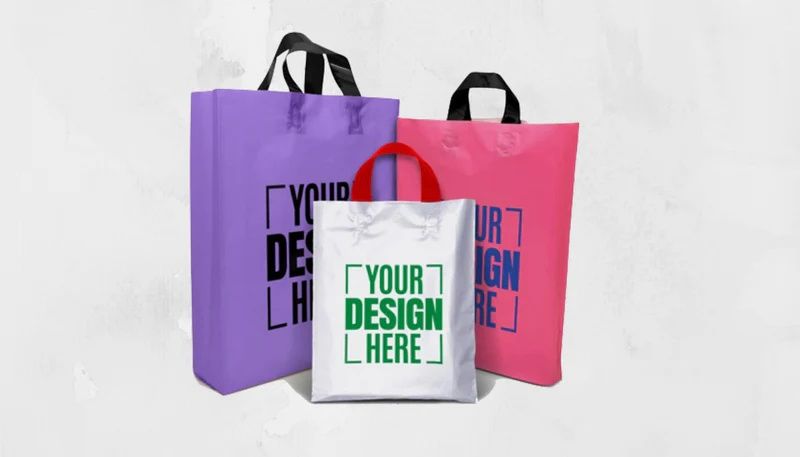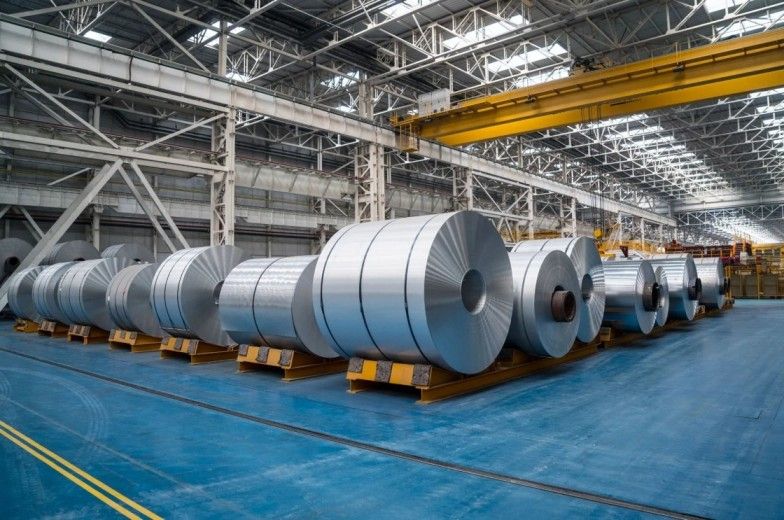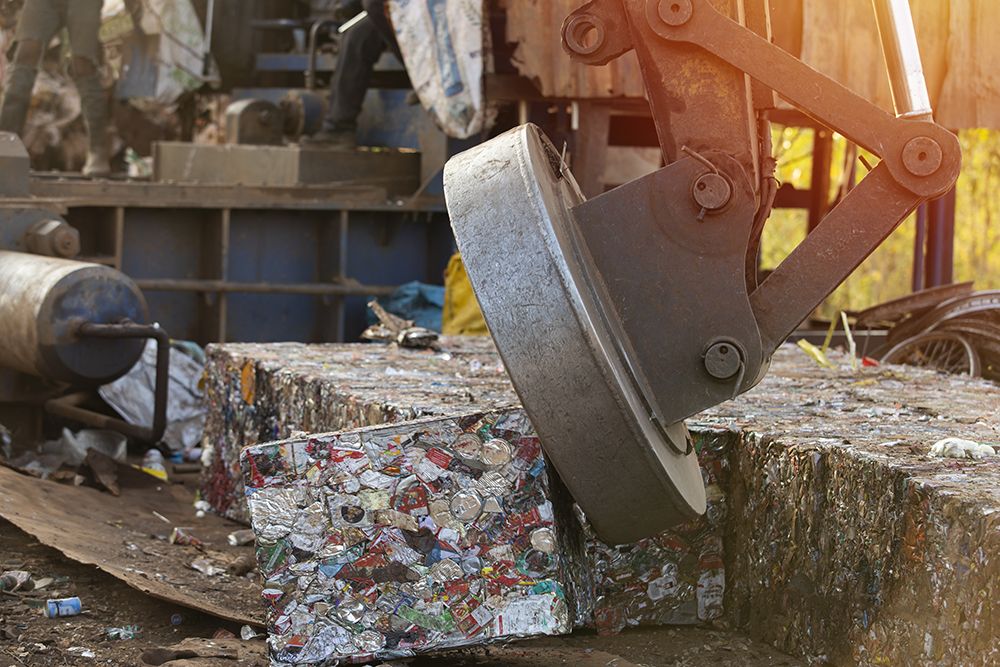Custom Plastic Bags: Complete Brand Enhancement Guide
Custom plastic bags are designed packaging materials that carry unique brand elements such as logos, colors, and taglines. They emerged as a marketing and functional tool in retail, hospitality, and e-commerce sectors, where businesses wanted packaging to do more than just hold products.
These bags serve multiple purposes. They provide durability for carrying items, offer visibility in public spaces, and communicate brand identity without additional advertising costs. Over time, custom plastic bags have expanded from retail checkout counters to promotional events, exhibitions, and product packaging.

The idea exists because packaging plays a dual role—protecting goods while influencing customer perception. As businesses realized that packaging is often the first physical interaction between a customer and a brand, custom plastic bags became a cost-effective yet impactful solution for visibility and identity.
Why custom plastic bags matter today
Branding remains a central concern for businesses of all sizes, and packaging contributes directly to brand recognition. In today’s competitive markets, custom plastic bags matter for several reasons:
-
Brand recognition: Carrying a bag with a logo extends the reach of the brand beyond the store.
-
Customer experience: A thoughtfully designed bag adds to the unboxing or shopping journey.
-
Environmental impact: With rising awareness of plastic waste, customers pay attention to whether bags are recyclable, biodegradable, or reusable.
-
Business competition: In crowded markets, packaging can differentiate a product from its rivals.
Who it affects:
-
Retailers and small businesses using packaging for branding.
-
E-commerce companies that want distinctive delivery experiences.
-
Consumers who value sustainability and ease of use.
-
Policy makers concerned with reducing plastic waste.
Problems it solves:
-
Reduces the need for additional advertising in public spaces.
-
Protects items during transport and handling.
-
Provides businesses with a consistent brand image.
Recent updates and trends
Custom plastic bags are evolving under pressure from both market demand and sustainability concerns. Key developments in the past year include:
-
Shift toward recycled plastics (2024–2025): Many manufacturers now integrate post-consumer recycled (PCR) content into bag production to reduce environmental impact.
-
Growing demand for biodegradable plastics: Research published in 2024 showed a 15% rise in consumer preference for biodegradable custom bags in North America.
-
Minimalist designs: Instead of heavy printing, simple logos and eco-labels are trending, reflecting both brand aesthetics and reduced ink use.
-
Integration of QR codes: Brands are using scannable codes on bags to share sustainability information or promotional content without adding more printed text.
-
Policy-driven innovation: The United Nations Environment Programme’s report in March 2024 encouraged governments to promote alternatives to single-use plastics, pushing brands toward hybrid solutions like partially compostable bags.
Regulations and policies
Custom plastic bags are highly affected by government policies, which vary across regions:
-
India: Since July 2022, the government has banned several categories of single-use plastics, including certain thin plastic bags. Retailers must now use bags above a specified thickness (currently 75–120 microns) to encourage reuse.
-
European Union: Regulations adopted in 2019 continue to limit lightweight plastic carrier bags, requiring member states to meet reduction targets. By 2024, many EU countries had introduced mandatory charges for plastic bags.
-
United States: Policies differ by state. For example, California enforces restrictions on single-use plastic carryout bags and requires alternatives to be recyclable or compostable.
-
Global perspective: Over 120 countries now regulate plastic bags in some form, according to UNEP data from 2023.
Businesses designing custom plastic bags must ensure compliance with local rules regarding thickness, labeling, recyclability, and reusability.
Tools and resources for design and compliance
Several digital tools and resources can help businesses create effective and compliant custom plastic bags:
-
Canva – Provides easy templates for bag mockups and design elements.
-
Adobe Express – A lightweight tool for customizing logos and print-ready artwork.
-
Lucidchart – Useful for creating packaging process diagrams.
-
Eco-label certification directories – To check standards for recyclable and biodegradable materials.
-
Regulatory websites – Government portals often publish updated packaging and waste management rules.
-
QR code generators – Free online tools allow businesses to integrate digital engagement features.
-
Sustainability calculators – Online calculators estimate the carbon footprint of different packaging materials.
Frequently asked questions
What materials are used in custom plastic bags?
Common options include high-density polyethylene (HDPE), low-density polyethylene (LDPE), and polypropylene. Increasingly, recycled plastics and biodegradable alternatives are also used.
Are custom plastic bags recyclable?
Yes, many plastic bags are recyclable depending on the polymer type and local recycling facilities. However, not all municipal systems accept them, so businesses should label bags clearly with disposal guidance.
How do custom plastic bags impact the environment?
Improper disposal contributes to pollution and landfill waste. Bags designed with higher thickness, recyclability, or biodegradable materials reduce this impact significantly.
What role do governments play in regulating custom plastic bags?
Governments set standards on thickness, labeling, and usage to reduce single-use plastics. Some also promote alternatives like paper, cloth, or compostable bags.
What design features improve the effectiveness of custom plastic bags?
Key features include clear branding, sustainable material choices, user-friendly handles, and additional elements like QR codes for digital interaction.
Visual overview of plastic bag trends
| Trend (2024–2025) | Impact on Businesses | Consumer Response |
|---|---|---|
| Recycled content integration | Aligns with eco goals | Positive, eco-friendly image |
| Biodegradable alternatives | Compliance with laws | Growing demand |
| Minimalist logo design | Cost savings | Seen as modern |
| QR code addition | Enhances engagement | Increases trust |
| Policy-driven restrictions | Mandatory compliance | Expect reusable |
Conclusion
Custom plastic bags remain an important element in brand identity and consumer experience. While they originated as practical packaging, they now serve as visual marketing tools and sustainability indicators.
In recent years, regulations and consumer demand have pushed businesses to rethink design and material choices. Recyclable and biodegradable options, along with clear branding and compliance, make custom plastic bags both functional and responsible.
For businesses and policy makers alike, the challenge lies in balancing branding needs with environmental responsibility. As trends continue to evolve, custom plastic bags will remain a subject of innovation, adaptation, and regulation in the packaging industry.



